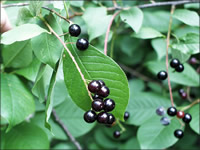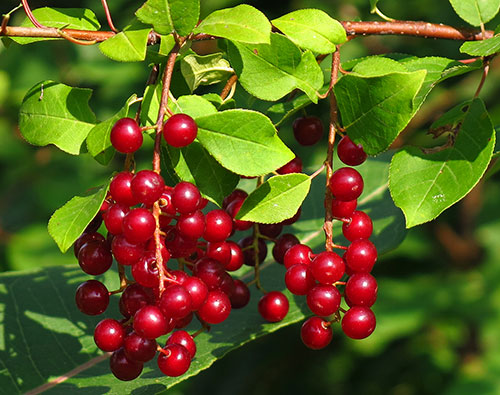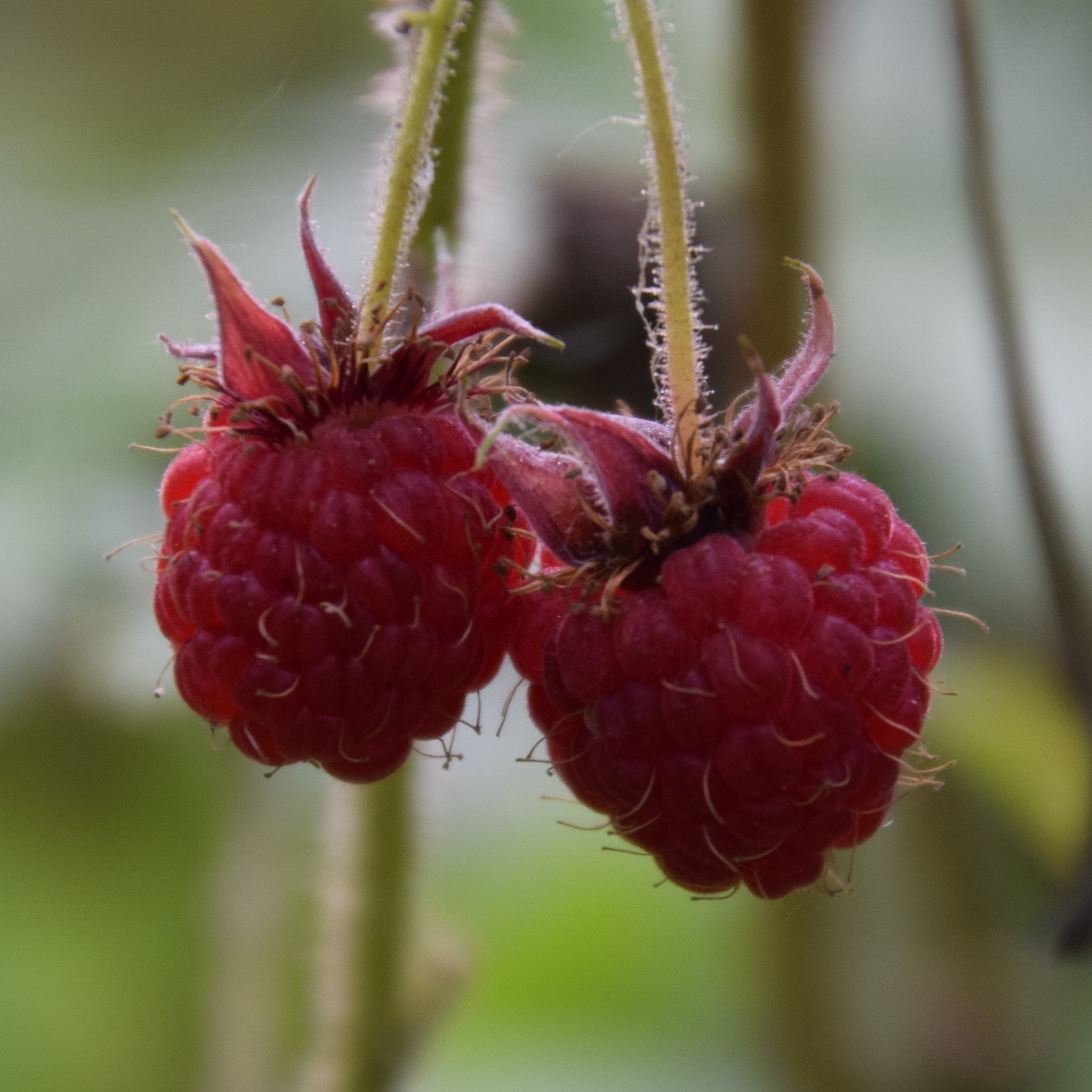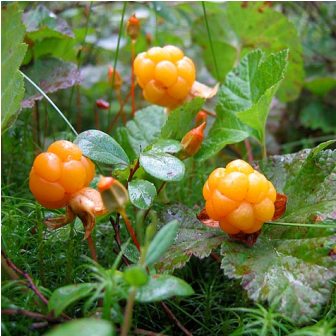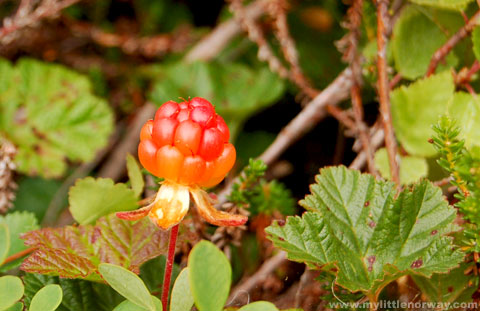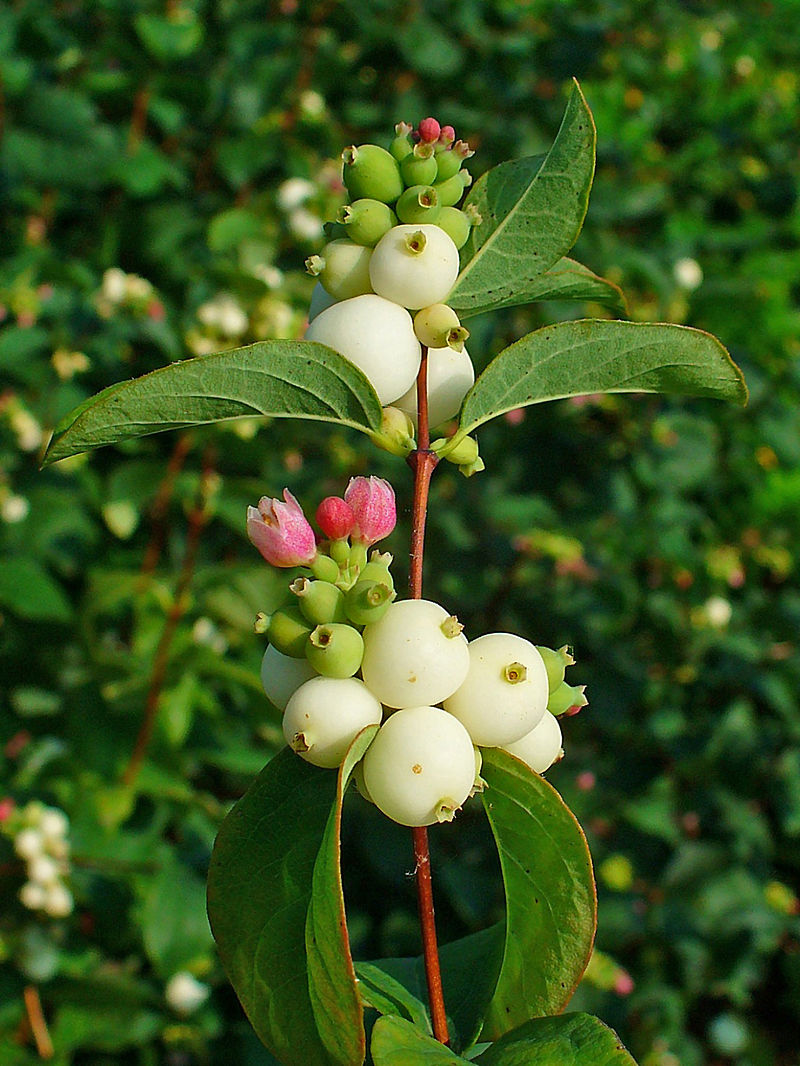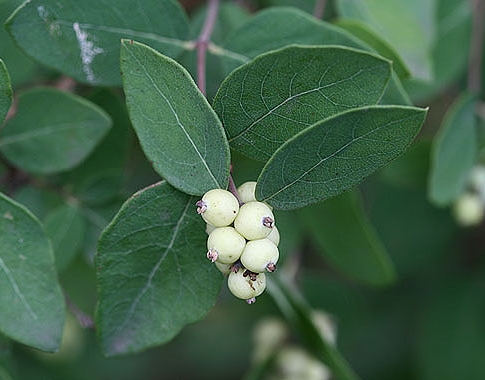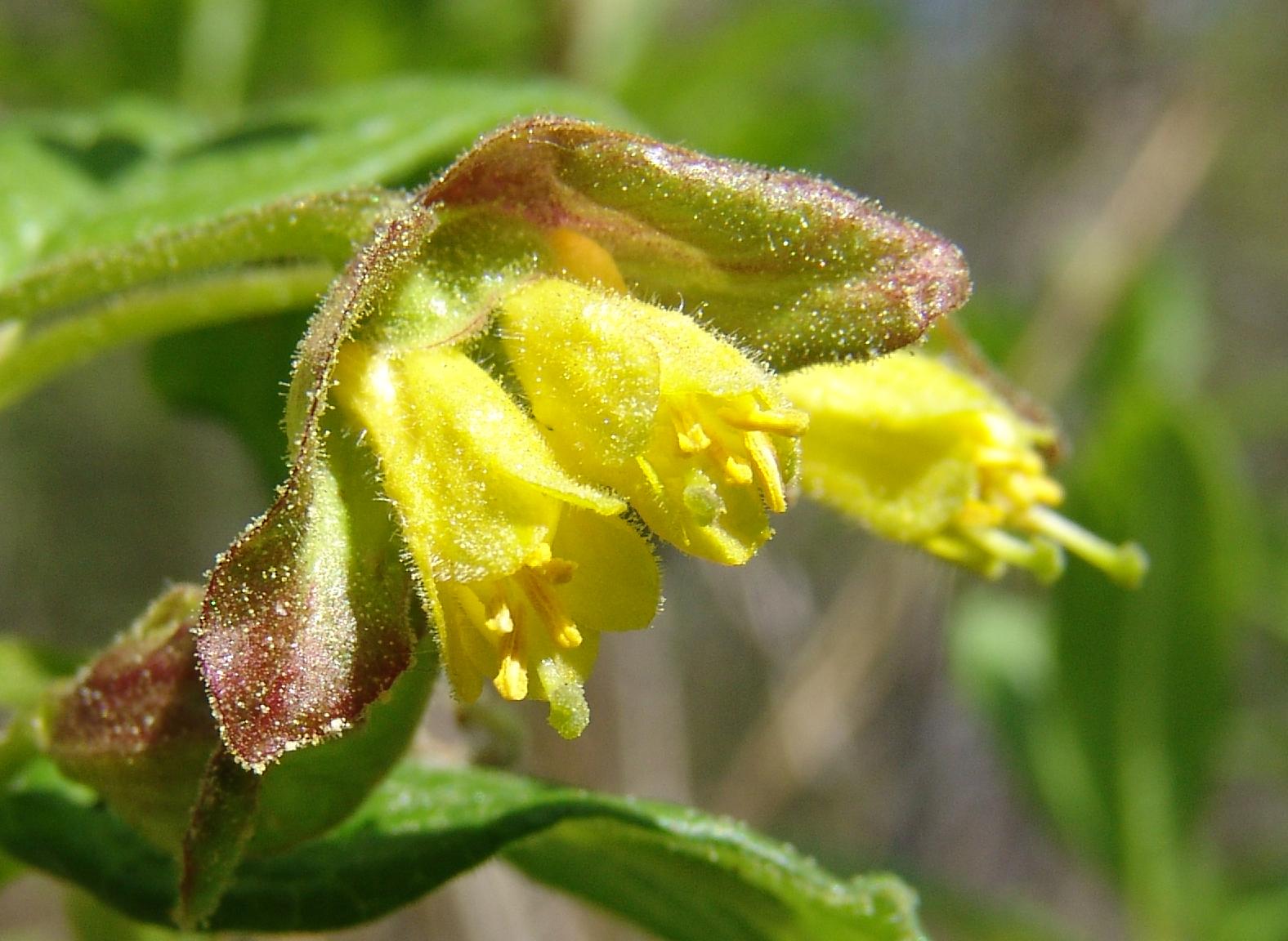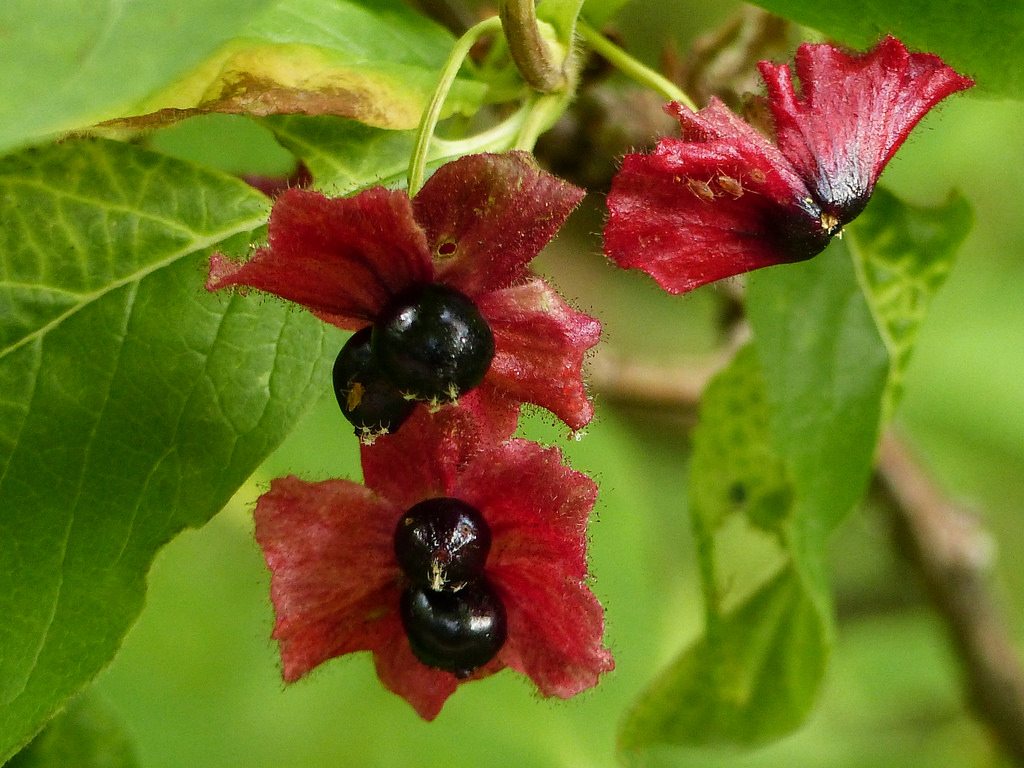There are many fruits and berries present in the Edmonton region during the summer months. But how can you be sure which are edible or potentially poisonous? And more importantly, which berries are the most delicious? In this post we will go over some of the common berries and fruits found in the province, providing clarification on which are edible and which are not!
Edible (& Tasty) Fruits
Saskatoon (Amelanchier alnifolia)
Saskatoons have oval leaves with coarse teeth on the upper half. They have beautiful white blossoms in early spring, before developing into juicy purple to black berries in the summer.
They are commonly used in pies, muffins, jams, jellies, and syrups but are also delicious raw.
Chokecherries (Prunus virginiana)
Chokecherries are identifiable by their broadly oval leaves with a sharp tip, with red to crimson to black fruits. Chokecherries are very tart when raw, but become much sweeter when cooked or dried.
These cherries are usually used to make jellies, syrups, jams, and sauces, because pitting these small fruits can be a lot of work! However, when the effort is put in they make excellent pies, muffins and pancakes!
The flesh of the chokecherry is the only edible part of the fruit, because the stones, leaves, bark and wood produce hydrocyanic acid-which can cause cyanide poisoning. Cooking or drying the cherry will destroy the toxins in the stone, but it should always be discarded as a precaution.
Wild red raspberries (Rubus idaeus)
Wild red raspberries grow in thickets, open woods, fields and rocky hillsides across Alberta and Canada. These berries are found on erect shrubs, and have red fruit with slender prickles on their shoots. They have leaves divided into 3-5 leaflets with serrated edges. Raspberries are a delicious snack in their fresh form, but they are also great for baking and make tasty jams & syrups.
Cloudberry (Rubus chamaemorus)
Cloudberry is a low, unbranched herb with 1-3 round kidney shaped leaves that are shallowly lobed 5-7 times. Cloudberry plants lack prickles and have one single white flower at the end of the stem.
These plants generally grow in moist areas, and are commonly found in peaty bogs and forests.
An immature cloudberry is red in colour, but will change to an amber to yellow colour when mature. These berries are best enjoyed fresh, as they can quickly turn mushy.
Blueberries (Vaccinium spp.)
These deciduous shrubs have thin oval leaves and produce bluish berries. There are multiple species found in Alberta, but all have refreshingly sweet & juicy berries that are delicious when eaten straight from the bush. Blueberries are also a great ingredient for baking, and can be cooked in pies, tarts, cobblers, muffins, jellies, jams and syrups.
Wild strawberries (Fragaria spp.)
Strawberry plants are low perennials with long and slender stolons (creeping stems). They have leaflets with 3 sharp teeth, and small white flowers that develop into juicy red fruits with many tiny seeds. Wild strawberries seem much more flavourful than the larger domestic varieties. They are probably best enjoyed raw, as a treat along a trail, but they can also be used in baking, syrups and jams.
Poisonous (& Inedible) Fruits
Common Snowberry (Symphoricarpos albus)
Common snowberries grow on a deciduous shrub with pale green, oval leaves. They have bell shaped flowers that are pinkish-white.
The fruits are white, waxy berries that remain on the shrub through the winter. The berries are mildly poisonous, but if ingested in large quantities they can be toxic.
Western Snowberry or Buckbrush (Symphoricarpos occidentalis)
Photo by EasternColoradoWildflowers.com
Western snowberry, also known as Buckbrush, has greenish-white berries found in dense clusters that turn purple in the fall, and often persist throughout the winter. Western snowberries have larger leaves than the common snowberry, and are hairy inside the corolla (where all of the petals connect). The Western snowberry is closely related to the Common snowberry, and as a result its berries are also considered poisonous.
Baneberry (Actaea rubra)
Photo by Julie Makin
Baneberry grows as a branched perennial herb with coarsley toothed leaves that are divided 2-3 times in groups of threes.
They produce glossy red or white berries that are toxic. Eating just 2-6 berries can cause severe cramps and vomiting, as well as headaches and dizziness.
Twining Honeysuckle (Lonicera dioica var. glaucescens)
Photo by Bryan Kelly-McArthur
Twining Honeysuckle (also known as Red Honeysuckle) has oval leaves, with the uppermost leaves joined at the base, forming a cup around the stem.
Yellow to orange tubular flowers are borne in clusters at branch tips, and can even become reddish as they age. These flowers develop into clusters of red berries surrounded by leafy cups.
These berries are extremely bitter and inedible, with some reports of nausea and vomiting occurring after ingestion.
Bracted Honeysuckle (Lonicera involucrata)
Bracted honeysuckle is identifiable by its broadly lance-shaped leaves that are dotted with glands below. They have yellow tubular flowers appearing in May to July before the development of shiny, purple-black berries.
These berries are found in pairs, cupped by deep purplish maroon bracts. Most sources consider these berries inedible because of their unpleasant taste, and some say that they are poisonous to humans.
However, many animals such as birds and bears eat these fruits in large quantities! If you come across bracted honeysuckle as you enjoy the outdoors, leave the berries to be better enjoyed by the local wildlife in the area!
Red Osier Dogwood (Cornus stolonifera)
Photo by MacPhailWoods.org
While Red Osier Dogwood berries are edible, they aren’t particularly tasty. These white berries are very bitter & can be toxic if ingested in large quantities.
If you are ever in doubt whether a fruit is edible or poisonous, do not eat the fruit! It is better to be cautious with what fruits you eat and avoid becoming ill. You can take a picture of the plant-containing both the leaves and fruit, so that you can look up whether you can eat the berries if you encounter it again in the future.
References:
- Plants of the Western Boreal Forest
- Edible & Medicinal Plants of Canada


